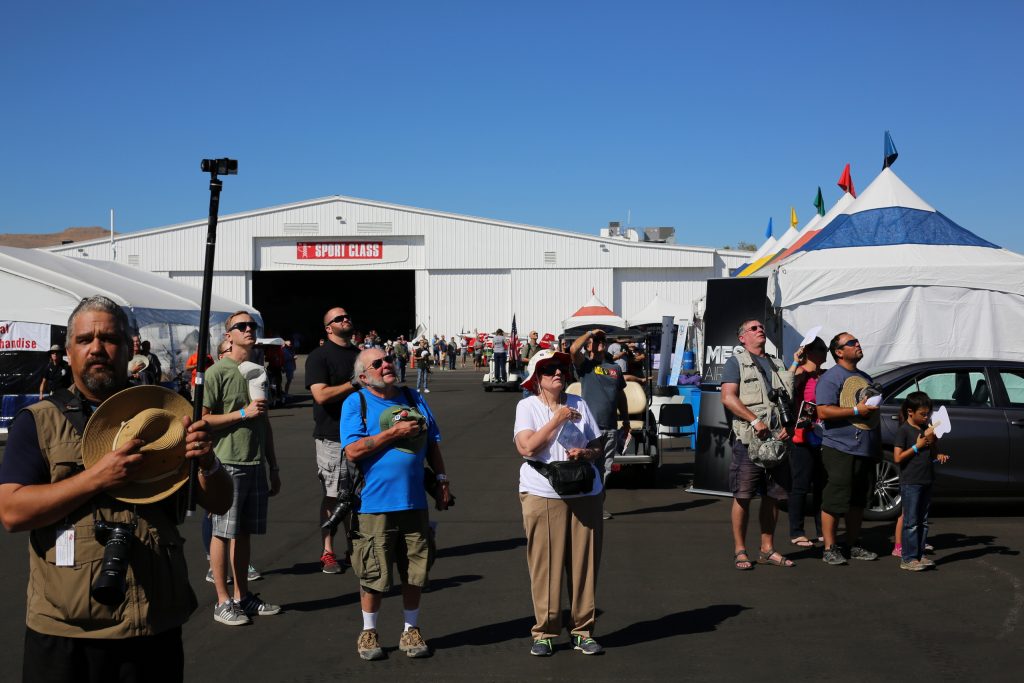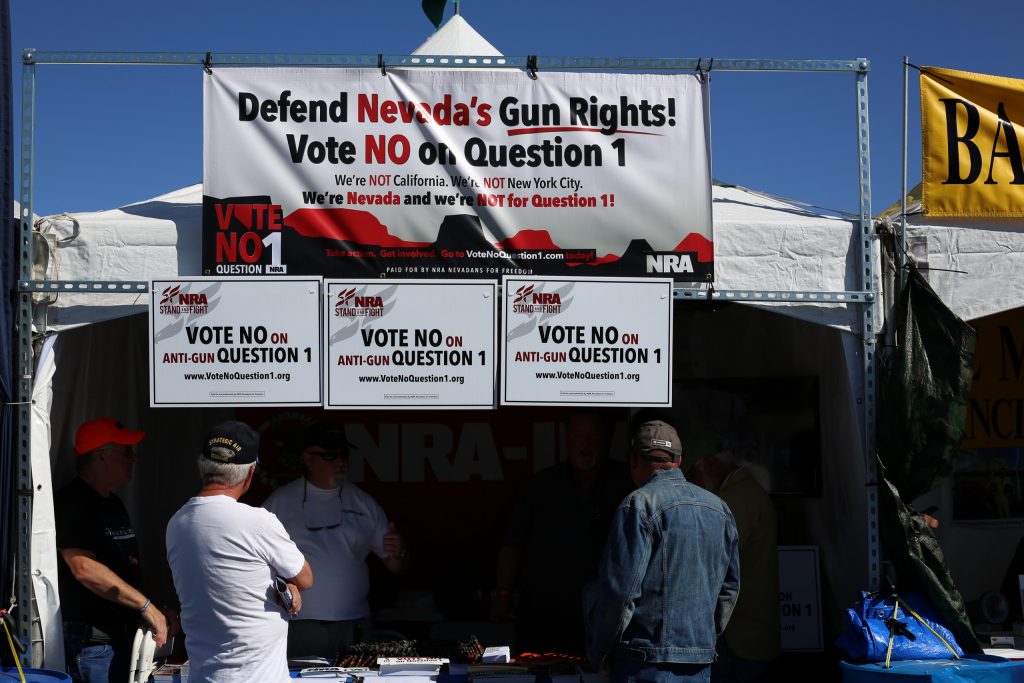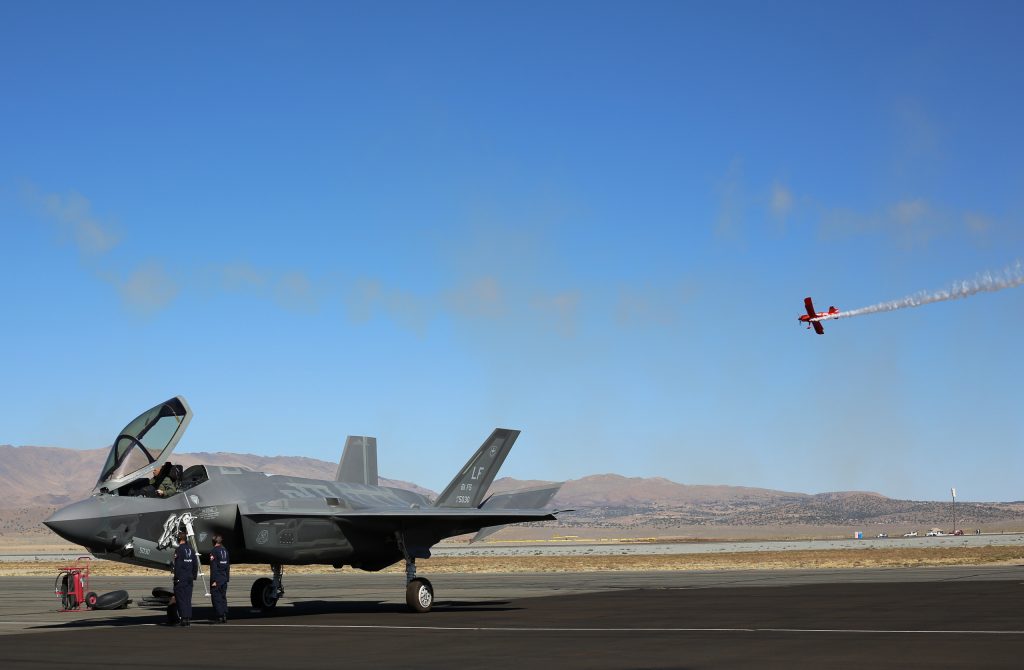Sully, the movie
While out at the Reno Air Races a pilot friend and I saw the movie Sully.
Spoiler alert: there is a plane crash in the film.
While watching the movie there were some things that made me curious…
Did they really land off-airport with only partial flaps extended? That would result in a higher impact ground speed and, given that energy goes up as the square of speed, much more impact energy for the airframe to absorb. The full transcript from the cockpit voice recorder indicates that Flaps 2 was indeed used. The NTSB report confirms this and has a section (page 90) titled “Decision to Use Flaps 2 for Ditching.” It was in fact probably a bad idea, especially given the tailwind that further increased ground speed, but the NTSB points out that nobody has done much experimentation landing Airbuses on the water.
I knew that sim pilots had been able to land the plane back at LaGuardia but had they really been able also to make it to Teterboro? And did ATC suggest 1 at KTEB rather than 19 or 24? I.e., suggest that pilots without engine power fly a leisurely downwind leg before turning around to head north on Runway 01 (runway numbers are shorthand for magnetic heading so 19 is approximately a 190 magnetic heading and 01 is approximately a 010 (north) heading)? The transcript confirms this seemingly bad suggestion. The NTSB report, page 50, says that Airbus simulated attempts to land on Runway 19 at KTEB and that it was successful only once out of two tries given an immediate reaction to the engine failure.
The movie shows New York City’s finest not hanging out in a donut shop discussing what to do after a retirement with full pension at age 40. Instead, the police are hanging out in a building right next to a continuously spinning Huey helicopter. Thus they are able to make it to the accident site and a rescue swimmer jumps into the frigid Hudson to heroically save a female passenger who had become separated from the herd. This heroic validation of the rescue helicopter and NYPD is absent from the NTSB report, which instead credits the New Jersey ferry boat sailors. (See Government versus private industry helicopter operating costs for what happens with your tax dollars and helicopters in the NYC area.)
The jet type rating training that I’ve had stresses using the autopilot’s Indicated Airspeed mode following a dual engine failure. This way the plane is guaranteed to be at the best glide speed (also close to the minimum sink airspeed; planes need more power to overcome drag when flying close to the stall and therefore if there is no engine power a slowly-flown airplane will sink like a rock) even if the pilots are distracted by running checklists. The movie shows Captain Sully heroically taking the controls and hand-flying the airplane. This seems to be historically accurate but the airspeeds chosen by Sully were slower than optimum and ultimately slower than safe (see below). His co-pilot was head-down in the checklists trying to get an engine restarted so couldn’t be expected to monitor carefully. Fortunately the Airbus software wouldn’t let the plane stall.
My big take-away from the movie is the lack of credit given to the engineers of that Airbus A320. The plane was presumably designed to withstand being ditched (a) into the wind, (b) with full flaps, and (c) at a minimum sink rate airspeed. Instead it was slammed down with a high vertical speed and roughly twice as much forward energy. Yet the plane did not break up and sink. Also the engineers protected the pilots from stalling. Like a panicked student pilot, Sully had the yoke way too far back fro the last 150′ of the flight, but the Airbus envelope protection software kept the plane from stalling (page 97-98). Of course it might be that Sully knew that the Airbus programmers wouldn’t let the plane stall and therefore this was a feature rather than a bug. On the third hand, Sully said that he was trying to maintain the Airbus-recommended “green dot” Vls speed from the airspeed tape (page 56), not hover right above a stall. See page 120: “The captain’s difficulty maintaining his intended airspeed during the final approach resulted in high angles-of-attack, which contributed to the difficulties in flaring the airplane, the high descent rate at touchdown, and the fuselage damage.”
What about the idea that it is reasonable for pilots to ponder the checklists for 35 seconds before taking action? That is definitely consistent with the airline culture (see below for a link to an accident in which 35 seconds stretched to an hour and the airplane ran out of gas). On the other hand, Julia Link was flying a recently overhauled Robinson R-22 helicopter when the engine quit. If she hadn’t reacted within about 1.5 seconds she and her passenger would have been dead. Instead she lowered the collective, entered an autorotation, and landed on a Honolulu street (NTSB report; TV news). Her photographer passenger got away with a scratch.
The movie features Captain Sully as a psychologically tortured man, kind of like Owen Wilson’s pitch to female guests in The Wedding Crashers. Yet one of our local instructors experienced an engine failure in a Cirrus SR-22 (I prefer the SR-20 partly for this reason; the lower the power of a piston engine the less likely it is to fail), deployed the parachute, and walked away (WCVB news). I saw her the next day going out with a student in a Cirrus SR-22 (not the same one!). She never complained to any of us about psychological torment. (On the fourth hand, she has five kids so presumably she had to get out of the habit of complaining about anything…)
[I wasn’t curious about the fact that the NTSB investigators were hostile and that everyone on the FAA payroll turned out in some big public hearing because I already knew that the NTSB stuff in the movie was fiction.]
Readers: What did you think of the movie?
Related:
- United Airlines 173, in which a three-person flight crew (two pilots plus a flight engineer to handle the cerebral tasks) runs a functional DC-8 out of gas due to the lack of a gear-down confirmation light.
- My visual approach, and Asiana’s (newbie airline pilot flies LGA to Charlotte)
- Review of Highest Duty, Captain Sully’s book, in which I write “Sully matter-of-factly notes that he immediately switched on the auxiliary power unit (APU), but does not take enough credit for this singularly inspired act, for which he would have received no simulator training (the true airline pilot doesn’t touch any switch until after finding and reading the appropriate emergency checklist). With the engines spinning down, the Airbus was a few seconds away from losing sufficient electric power to run the hydraulic pumps. Without hydraulics there would be no flight controls. There is an emergency backup ram air turbine (RAT; a window fan basically), but it doesn’t run the whole airplane and is not something you’d want to rely on.”


